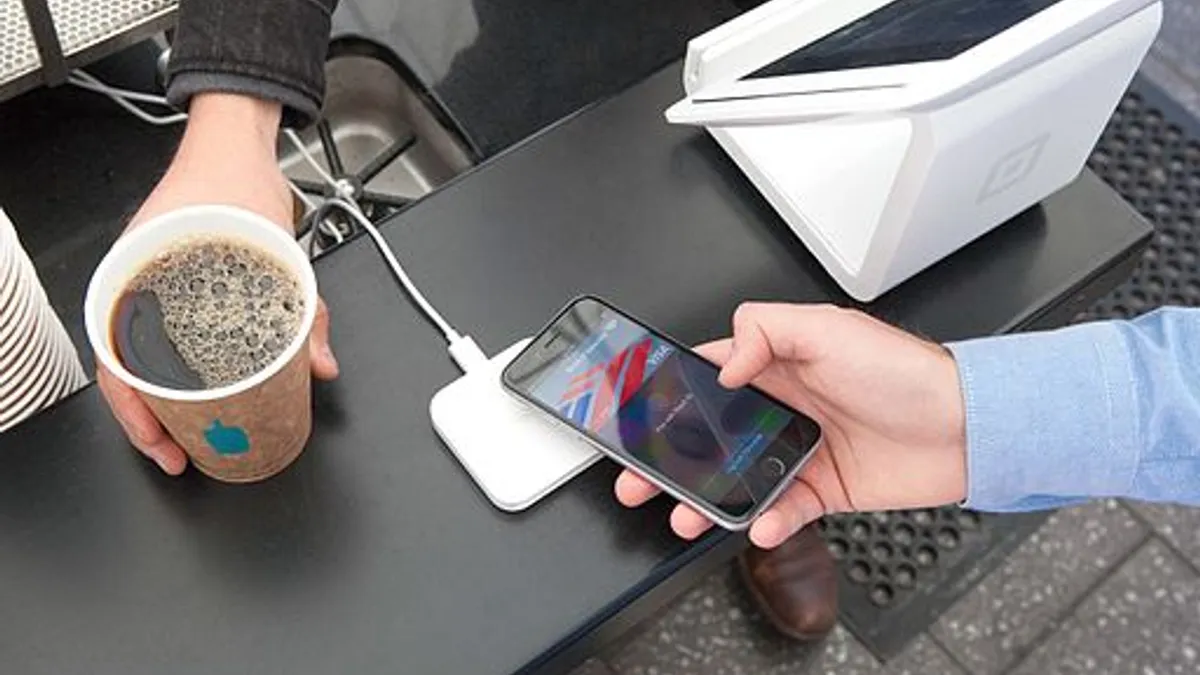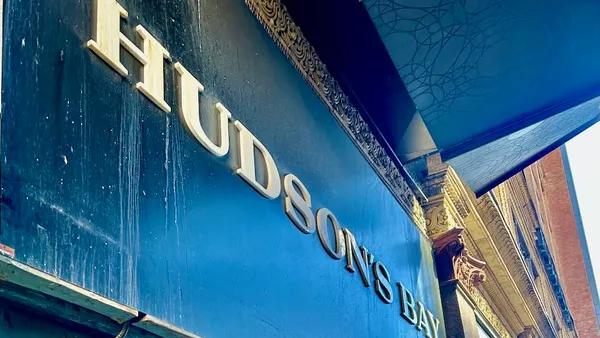Dive Brief:
-
According to a PYMNTS.com report, Apple Pay usage peaked in late 2017 and has declined to about 5.1% of eligible transactions. Only 3.3% of transactions were made using Walmart Pay in the period from early- to mid-March studied, a decline from 4.5% in 2019.
-
Despite such low adoption rates, 92.8% of all iPhones can use mobile wallets, and 81.2% of consumers have Walmart Pay-capable devices, per the report.
-
The report found that mobile wallets are particularly lagging among millennials and Gen Z consumers. Only 18.5% of bridge millennials, 19.3% of millennials and 15.5% of Gen Z consumers made payments via mobile wallets, representing a decline from 21.1%, 22.3% and 17.6% in 2019, respectively.
Dive Insight:
Interestingly, the PYMNTS.com report was conducted in the midst of the COVID-19 outbreak, which has seen many retailers turning to technology to give consumers safer alternatives for shopping in stores. That still doesn't seem to have driven an increase in mobile wallet usage.
While non-essential businesses work to address sanitation concerns, retailers like Walmart, 7-Eleven and At Home have introduced contactless in-store or delivery options.
Despite the public health concerns and need for speedy purchases, adoption of mobile wallets has not increased as a result, the report authors concluded. Though millennial and Gen Z consumers are using mobile wallets the most, even they have moved away from the technology, per PYMNTS.com's findings.
The PYMNTS.com report also found that 91.8% of survey respondents had bought groceries in store within the past week, up from 90.5% the previous year, likely tied to increased grocery shopping due to the pandemic. The survey found a decline in every other measured category, including gas, fast food, restaurant and accessory purchases from the year prior.
A Blackhawk Network report from January found that 68% of a subset of consumers would shop at a store more often if they could add cash to an app or digital wallet while in the store, suggesting that there may be an opportunity for mobile wallets in the long term if certain features are added. In the near term, essential stores may continue to adopt contactless payments for cleanliness and convenience.












